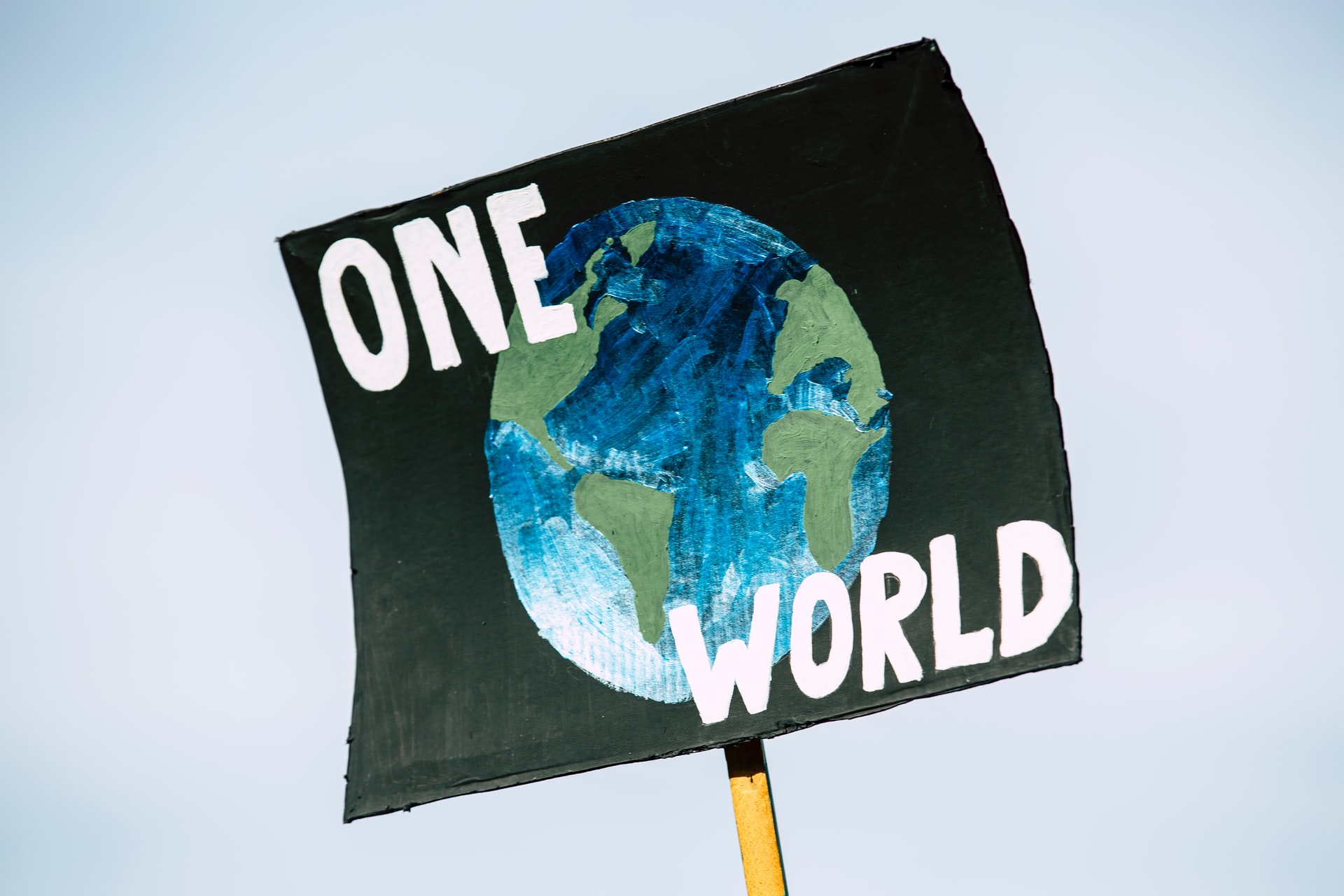How much money does it take to fight climate change? Report Economist

The issue of funding for the decarbonisation of developing countries was central to COP27. The deepening of the Economist
Nobody said fighting climate change would be cheap. Yet a report released during the COP27 climate talks was a worrying reminder. The report, commissioned by Britain and Egypt, past and current UN summit hosts, says developing countries alone need $1 billion a year in external finance to achieve the goals set in their Nationally Determined Contributions, or NDCs (the climate action plan set out in the Paris Agreement).
This funding, which is in addition to countries' own expenditures, is needed to reduce emissions, tackle deadly disasters and restore nature. In an encouraging development, America and Japan were reported on Nov. 11 to provide Indonesia with at least $15 billion to help shut down some coal-fired power plants early, writes The Economist .
While rich, industrialized countries produce most of the emissions that have caused warming to date, poorer countries tend to suffer far more from its negative effects. Africa is responsible for only 3% of the emissions that man has released into the atmosphere. Yet the continent's arid east suffers from multi-year droughts that harm crops and wildlife; central and western regions face catastrophic flooding, as rising temperatures increase the amount of moisture in the air.
This has become a focal point of COP27, where developing countries are asking richer ones to pay for the consequences of their emissions and to help them follow a greener economic development path. Collectively, African countries believe they need $277 billion a year to meet their NDCs. In 2019 and 2020, they received less than $30 billion annually. Where will the funds come from?
Every region of Africa is poorly equipped, but some are worse off than others. Only ten countries receive 60% of current climate finance; 40% is divided between 45 countries and territories. Southern Africa faces the largest funding gap, with more than $100 billion between what the region says it needs each year and what it receives.
Most of today's funding comes from development banks. But financial aid often comes in the form of loans, not grants. In the long run, this only adds to the burden on vulnerable economies. Instead, the additional funds must come from the private sector. A report by the Climate Policy Initiative, a think tank, found that just 14% of known climate finance in Africa comes from private investors, the lowest share of any other region. In North America the percentage is 96%.
The private sector, understandably, favors rich countries; political instability and debt-ridden economies in parts of Africa don't look like worthwhile investments. Investors also complain about the lack of guaranteed returns on their money. But that only explains part of the gap. Private investment in fossil fuels, for example, amounts to $29 billion a year in Africa. Clean energy systems receive just $9.4 billion. The World Bank estimates that, globally, every dollar spent on climate change adaptation brings an average of $4 in benefits. On November 9, the United Nations presented a list of projects worth around $90 billion to public and private actors in an effort to facilitate their investments – 20% of the projects are located in Africa. It's a good start. But even if investors commit to all projects, Africa's funding gap would still remain large.
(Excerpt from the press release of eprcommunication)
This is a machine translation from Italian language of a post published on Start Magazine at the URL https://www.startmag.it/energia/finanziamenti-paesi-poveri-contrasto-cambiamento-climatico/ on Sat, 19 Nov 2022 06:31:30 +0000.
